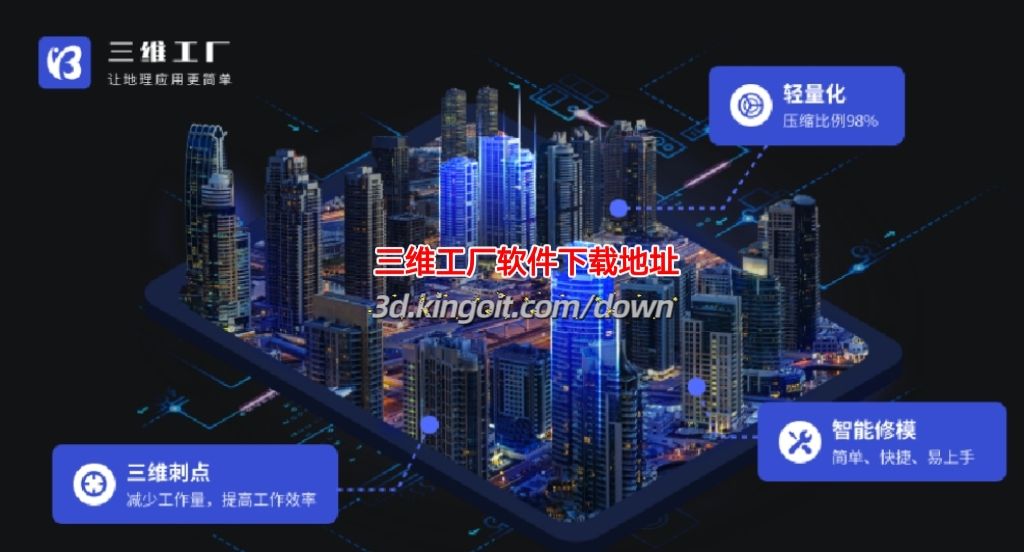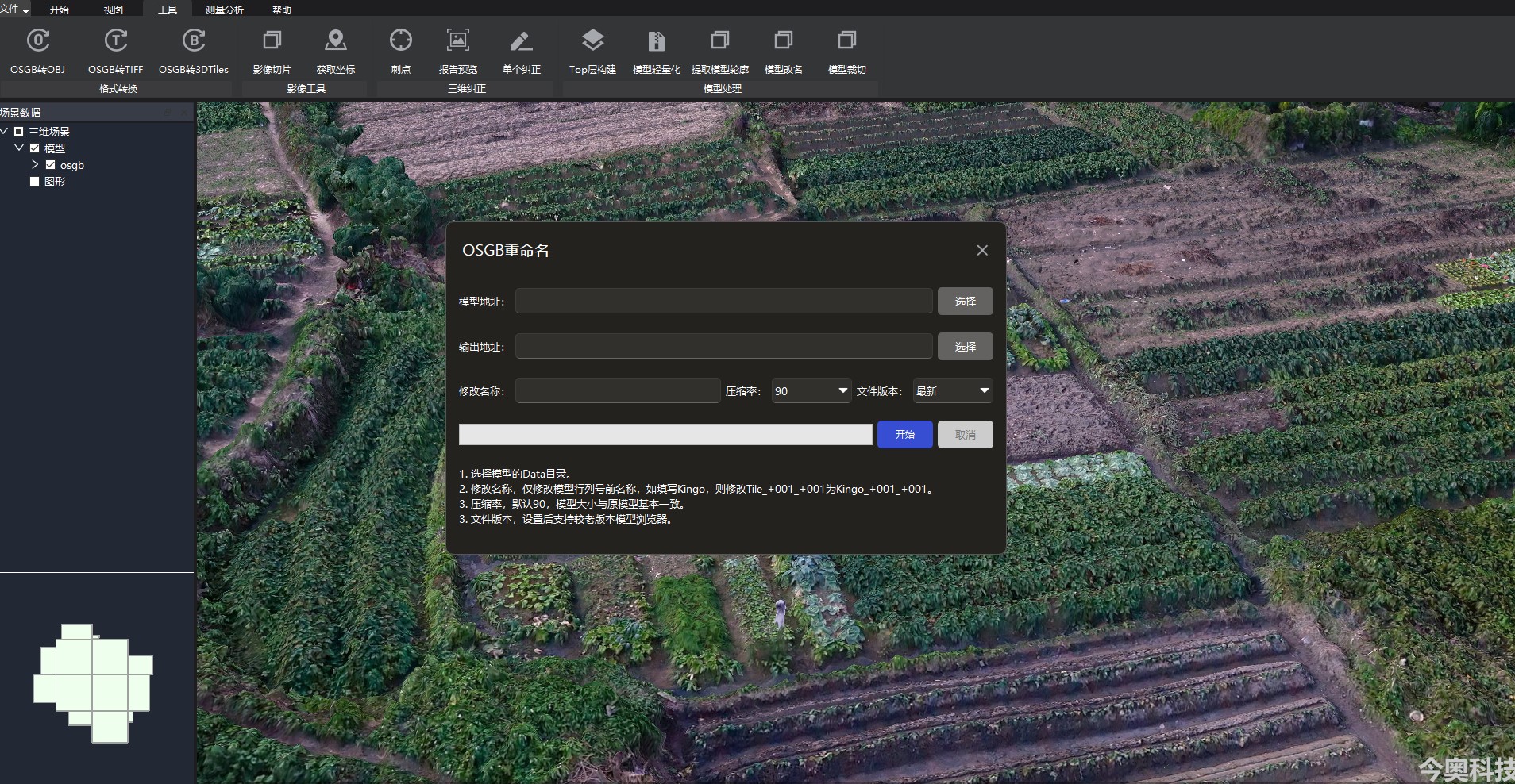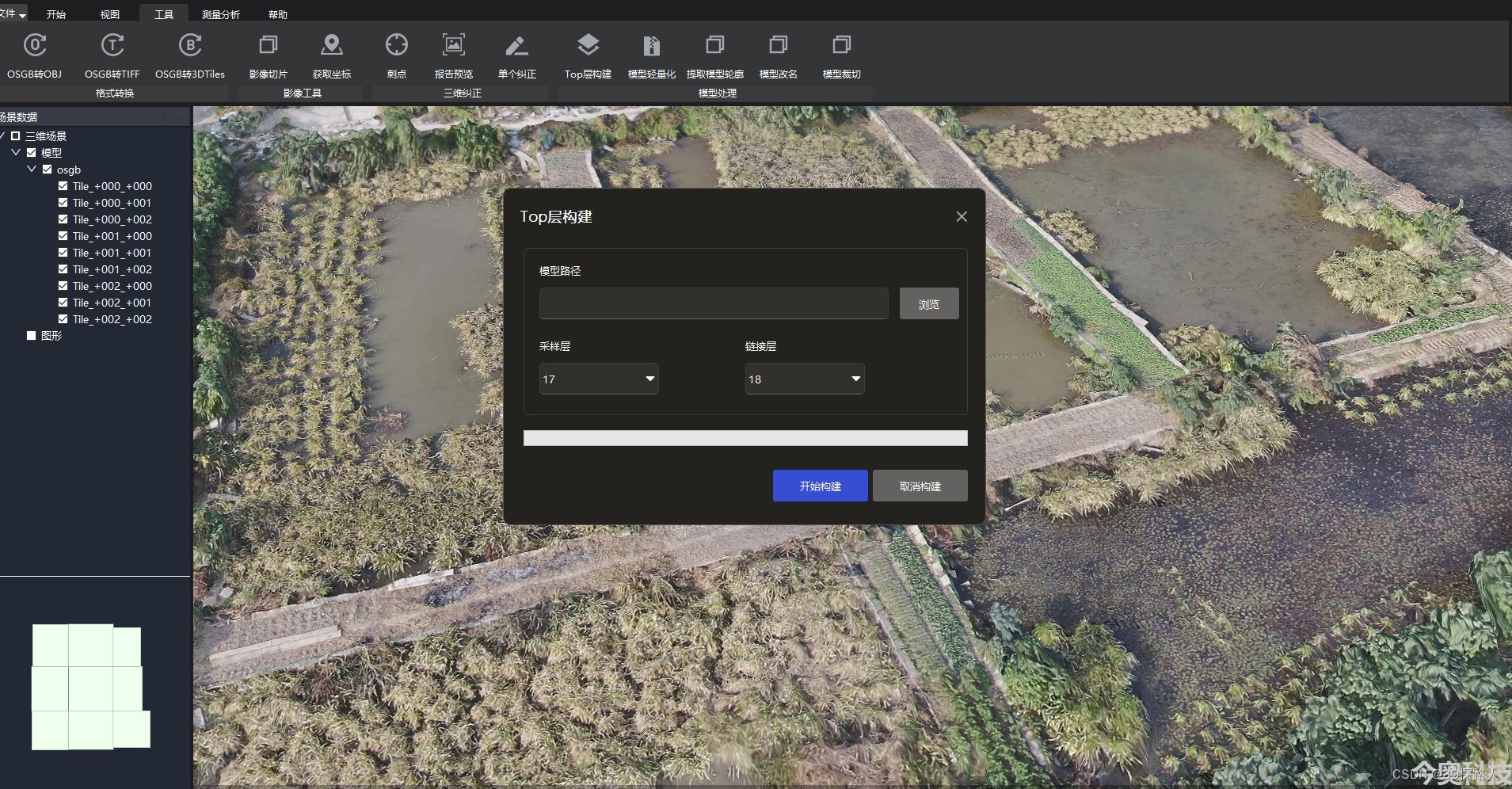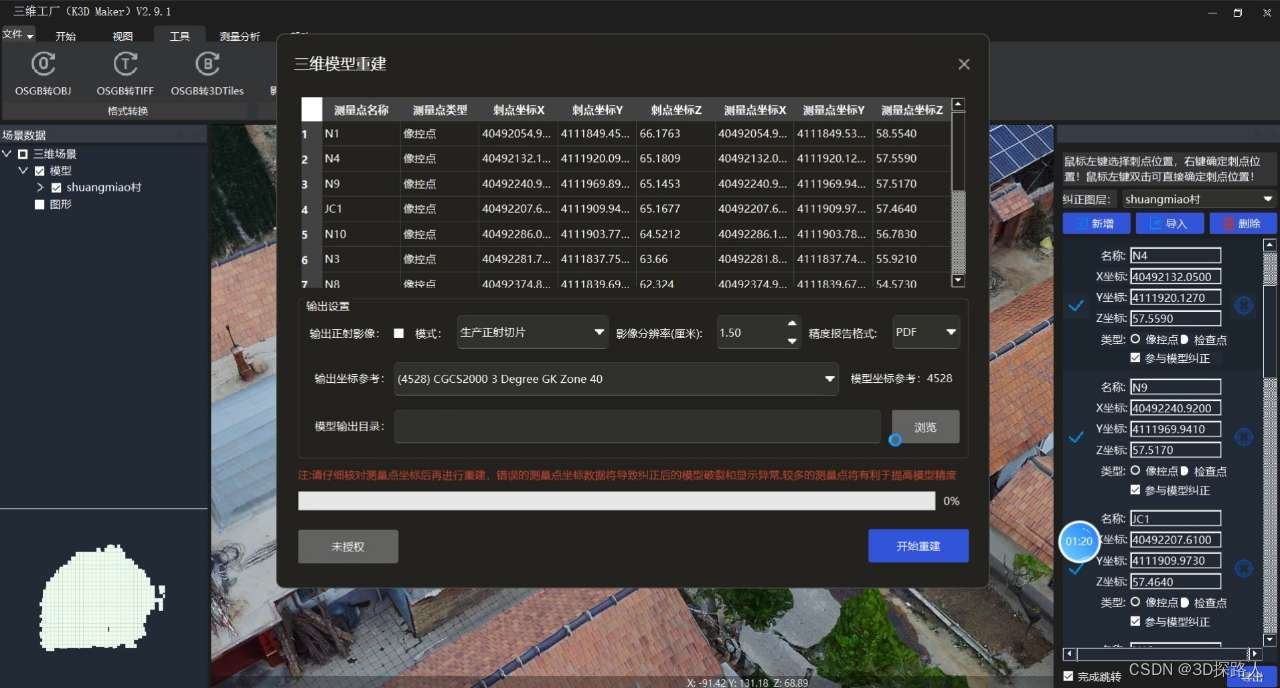Analyze the importance of lightweight 3D model OBJ format in network transmission

The lightweight OBJ format of 3D models plays an important role in network transmission. With the rapid development and popularization of the Internet, more and more 3D models need to be transmitted through the network, involving downloading, uploading, sharing and other scenarios. The original 3D model files are often large, resulting in long transmission time and high bandwidth usage, which affects user experience and network efficiency. Therefore, lightweight compression of 3D models is very necessary.
The following is an analysis of several aspects of the importance of lightweight 3D model OBJ format in network transmission:
1. Reduce transfer time: Larger 3D model files will cause a significant increase in transfer time. By using lightweight compression, you can reduce model file size and therefore transfer time. This is very important for application scenarios that require real-time loading and transmission of large numbers of 3D models, such as online games, virtual reality platforms, etc. Users can obtain the required 3D model data faster, improving operating efficiency and interactive experience.
2. Reduce bandwidth usage: Larger 3D model files require larger bandwidth for transmission, which may cause network congestion and waste of bandwidth resources. Through lightweight compression, the size of model files can be reduced and bandwidth usage reduced. This is very important for application scenarios of online 3D model transmission and sharing, such as cloud rendering, remote collaboration, etc. Reducing bandwidth usage can improve network stability and transmission efficiency, and reduce network costs.
3. Improve network efficiency: Larger 3D model files may cause increased network latency, affecting real-time transmission and processing of data. Through lightweight compression, model file sizes can be reduced, thereby improving network efficiency. This is very important for application scenarios that require real-time loading and rendering of 3D models, such as online video streaming, virtual meetings, etc. Improving network efficiency can ensure timely transmission and display of data and meet the needs of real-time communication and interaction.
4. Save storage space: Larger 3D model files require more storage space for saving and transmission. Through lightweight compression, the size of the model file can be reduced and storage space can be saved. This is very important for application scenarios that require large amounts of 3D model data storage, such as digital media libraries, cloud storage, etc. Saving storage space reduces storage costs and provides more storage capacity.
5. Support mobile transmission: Mobile devices such as mobile phones and tablets have limited resources, which makes it difficult to transmit larger 3D model files. Through lightweight compression, the size of the model file can be reduced to adapt to the transmission capabilities of mobile devices. This is very important for application scenarios that require 3D model transmission and display on mobile devices, such as mobile games, AR applications, etc. Supporting mobile transmission can meet the needs of users to obtain and share 3D models anytime and anywhere.
To sum up, the importance of lightweight 3D model OBJ format in network transmission is mainly reflected in reducing transmission time, reducing bandwidth usage, improving network efficiency, saving storage space and supporting mobile transmission. Through lightweight compression, the transmission effect of 3D models can be optimized, user experience and network efficiency improved. This makes online transmission and sharing of 3D models more efficient and convenient.
6. How to achieve lightweight compression of ultra-large-scale 3D models. Fast and efficient processing tool software is very important to ensure lightweight data size and quality, reduce storage and transmission costs, improve visualization performance, and expand application scenarios. The following introduces a fast and efficient 3D model lightweight software.
Introduction to 3D Factory Software

3D Factory K3DMaker is a professional processing software with functions such as 3D model browsing, analysis, lightweighting, top-level merge construction, geometric correction, format conversion, color correction and cutting. Operations such as mesh simplification, texture compression, and level optimization of 3D models can be performed to achieve lightweight 3D models. The lightweight compression ratio is large, the model is lightweight and efficient, and the automatic processing capability is high; a variety of algorithms are used to perform geometric precision correction processing on the 3D model, with high accuracy, fast processing speed, and support for ultra-large models; excellent data processing and conversion tools support the Convert OSGB format 3D models to 3DTiles and other formats, which can be quickly converted. Come and experience it. See the illustration for the download address.


